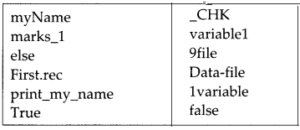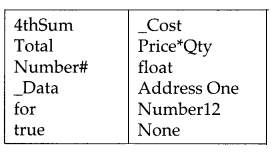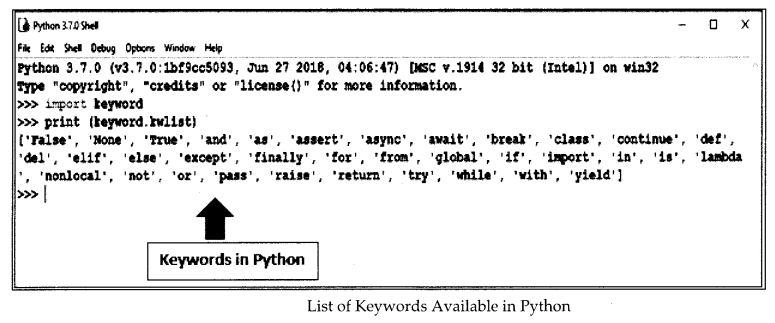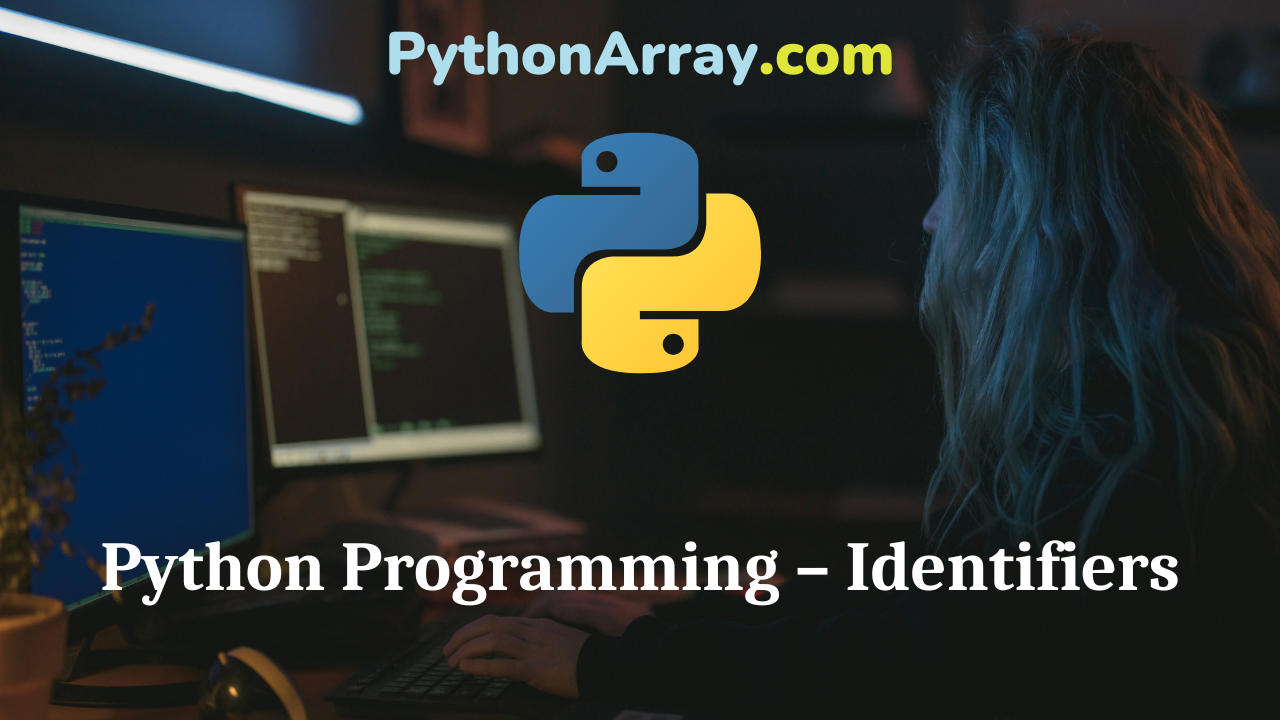You can learn about Introduction to Python Programming Programs with Outputs helped you to understand the language better.
Python Programming – Identifiers
An identifier is a unique name that enables you to identify something. Identifiers are used to label variables, functions, classes, objects, and modules. They begin with either a letter or an underscore, and they can contain letters, underscores, or digits. This implies that a single identifier cannot contain any space. They cannot contain punctuation marks. Python is a case-sensitive programming language. Thus AGE, Age, and age are three different identifiers in Python. Some legal identifiers are x, age, marks2, and Total_Marks.
Variables are examples of identifiers. Identifiers are. names were given to identify something.
- Python Programming – Python Character Set
- Python Programming – Keywords/Reserved Words
- Python Programming – Python Style Rules and Conventions
Points to be Remembered While using Identifiers
The following points should be kept in mind while using identifiers:
(a) Allowable characters in identifiers are the letters from A to Z, a to z, and the digits from 0 to 9. Identifiers must begin with a letter or under¬score (_) but not with a digit in Python.
(b) The identifier must not be a keyword of Python.
(c) Python is a case-sensitive language. Therefore, you have to be very careful while using names for identifiers. Identifiers, such as name, Name, and NAME are three different variable names.
(d) Special characters, such as @, ?, and ( ), are not allowed as variable names.
(e) A variable name cannot contain spaces.
Let’s try
Determine whether the following are valid or Invalid Identifiers.

Let’s try
Which is the following can be used as a valid variable identifier(s) in python?



